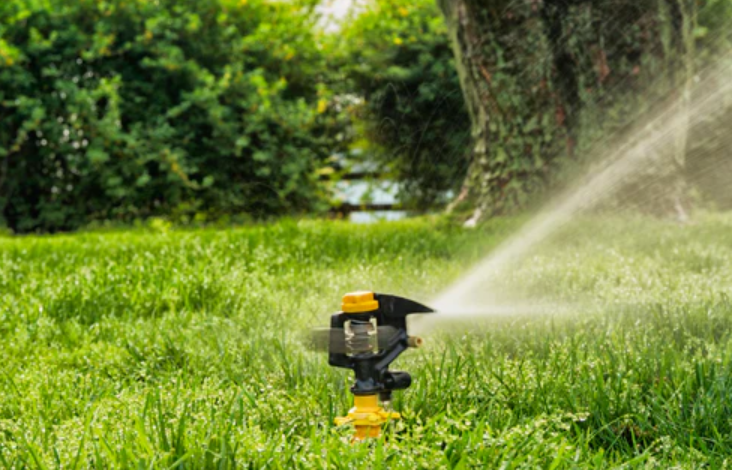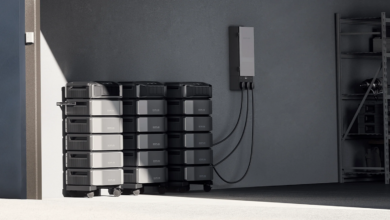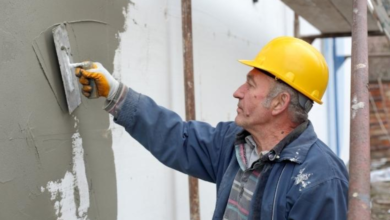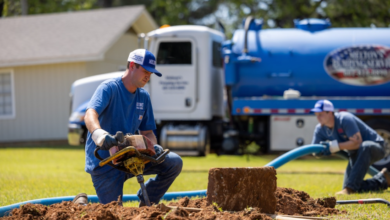Reliable Stakes for Turf and Irrigation Systems

When installing new turf or setting up an irrigation system, the difference between a professional-looking result and a DIY disaster often comes down to one overlooked detail: the quality of your stakes. Whether you’re laying fresh sod in your backyard or installing drip lines for a commercial landscape, the right anchoring system ensures your investment stays exactly where you put it.
Many homeowners and contractors focus on selecting premium grass varieties or high-tech irrigation components, only to watch their hard work shift, bunch, or fail because they skimped on proper anchoring materials. The stakes you choose might seem like a minor detail, but they’re the foundation that holds everything else in place.
Understanding Stake Materials and Their Applications
The material of your stakes determines how well they’ll perform in different soil conditions and weather patterns. Each option offers distinct advantages depending on your specific project needs.
Steel Stakes: Built for Heavy-Duty Performance
Steel stakes represent the gold standard for permanent installations and challenging soil conditions. Their superior strength makes them ideal for securing landscape fabric, holding irrigation lines in rocky terrain, or anchoring turf in high-wind areas. The downside? They’re more expensive and can be overkill for simple residential projects.
Plastic Stakes: Versatile and Budget-Friendly
High-quality plastic stakes offer excellent value for most residential applications. They resist corrosion, won’t damage mower blades if accidentally hit, and work well in standard soil conditions. Look for stakes made from UV-resistant materials to prevent brittleness from sun exposure.
Biodegradable Options: Environmentally Conscious Choices
Made from materials like bamboo or compressed paper, biodegradable stakes work perfectly for temporary installations. They’re particularly useful when establishing new lawns, as they’ll naturally decompose once the grass root system takes hold.
See also: Why Every Homeowner Prefer Professional Gutter Cleaning
Selecting Stakes for Sod Installation
Fresh sod requires immediate and reliable anchoring to establish proper root contact with the soil below. The wrong stakes can create air pockets, prevent proper rooting, or even damage the delicate root system.
For most residential sod installations, 4-6 inch plastic or biodegradable stakes work exceptionally well. These sod staples should be driven through the sod and into the soil beneath, creating a bridge that holds the grass in place while roots establish themselves. Space stakes approximately every 2-3 feet along the perimeter and any seams between sod pieces.
Sloped areas require more frequent staking, sometimes every 18 inches, to prevent the sod from sliding during watering or heavy rainfall. In these situations, longer stakes (6-8 inches) provide the extra holding power needed to secure your investment.
Stakes for Irrigation System Components
Irrigation systems present unique anchoring challenges. Drip lines, soaker hoses, and sprinkler components must remain positioned precisely while withstanding water pressure, temperature changes, and ground movement.
Drip Line Anchoring
Drip irrigation lines tend to move as water pressure builds and releases. Use stakes every 3-4 feet along straight runs, with additional stakes at any curves or elevation changes. The stakes should hold the line firmly without crushing or crimping the tubing.
Sprinkler Head Protection
Temporary stakes around newly installed sprinkler heads protect them from foot traffic and equipment damage during the establishment period. Remove these protective stakes once the surrounding landscape is fully established.
Micro-Spray and Emitter Positioning
These precision watering devices require stable positioning to function correctly. Small, discrete stakes keep emitters exactly where your irrigation designer intended, ensuring even water distribution across planted areas.
Installation Tips for Maximum Effectiveness
Proper installation technique can make average stakes perform like premium options, while poor installation can cause even the best stakes to fail.
Start by checking soil conditions. Extremely dry soil should be lightly watered before stake installation to prevent cracking or damage to surrounding root systems. Conversely, overly wet soil won’t provide adequate holding power and may cause stakes to work loose over time.
Drive stakes at a slight angle (about 15 degrees) rather than perfectly vertical. This angled installation increases holding power and makes stakes less likely to work loose during freeze-thaw cycles.
For plastic stakes, pre-drilling pilot holes in hard soil prevents cracking during installation. Use a drill bit slightly smaller than the stake diameter to maintain a snug fit.
Maintenance and Replacement Considerations
Even high-quality stakes require periodic inspection and maintenance. Check installations monthly during the first growing season, looking for loose stakes, damage from mowing equipment, or signs of material deterioration.
Replace any damaged stakes immediately. One loose stake can create a failure point that affects surrounding areas, particularly with sod installations where one lifted section can dry out and create an expanding problem area.
Plan for seasonal adjustments. Ground movement from freeze-thaw cycles can loosen stakes, while growing root systems may make some temporary stakes unnecessary after the first full growing season.
Making Your Investment Count
Quality stakes represent a small percentage of your overall turf or irrigation budget, but they protect your entire investment. Spending a few extra dollars on reliable anchoring materials prevents costly repairs, replacements, and maintenance headaches down the road.
Choose stakes based on your specific conditions rather than simply opting for the cheapest option. Consider soil type, climate conditions, and the intended lifespan of your installation. A well-staked project not only performs better but also looks more professional and lasts significantly longer than installations that cut corners on anchoring materials.



